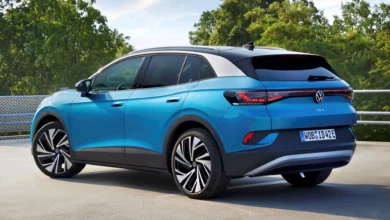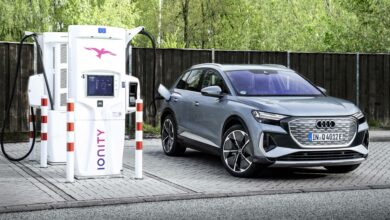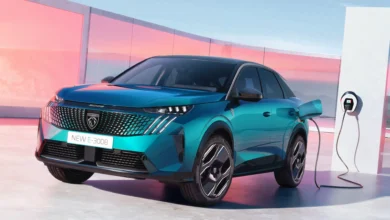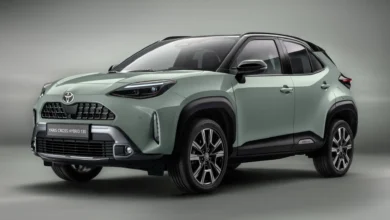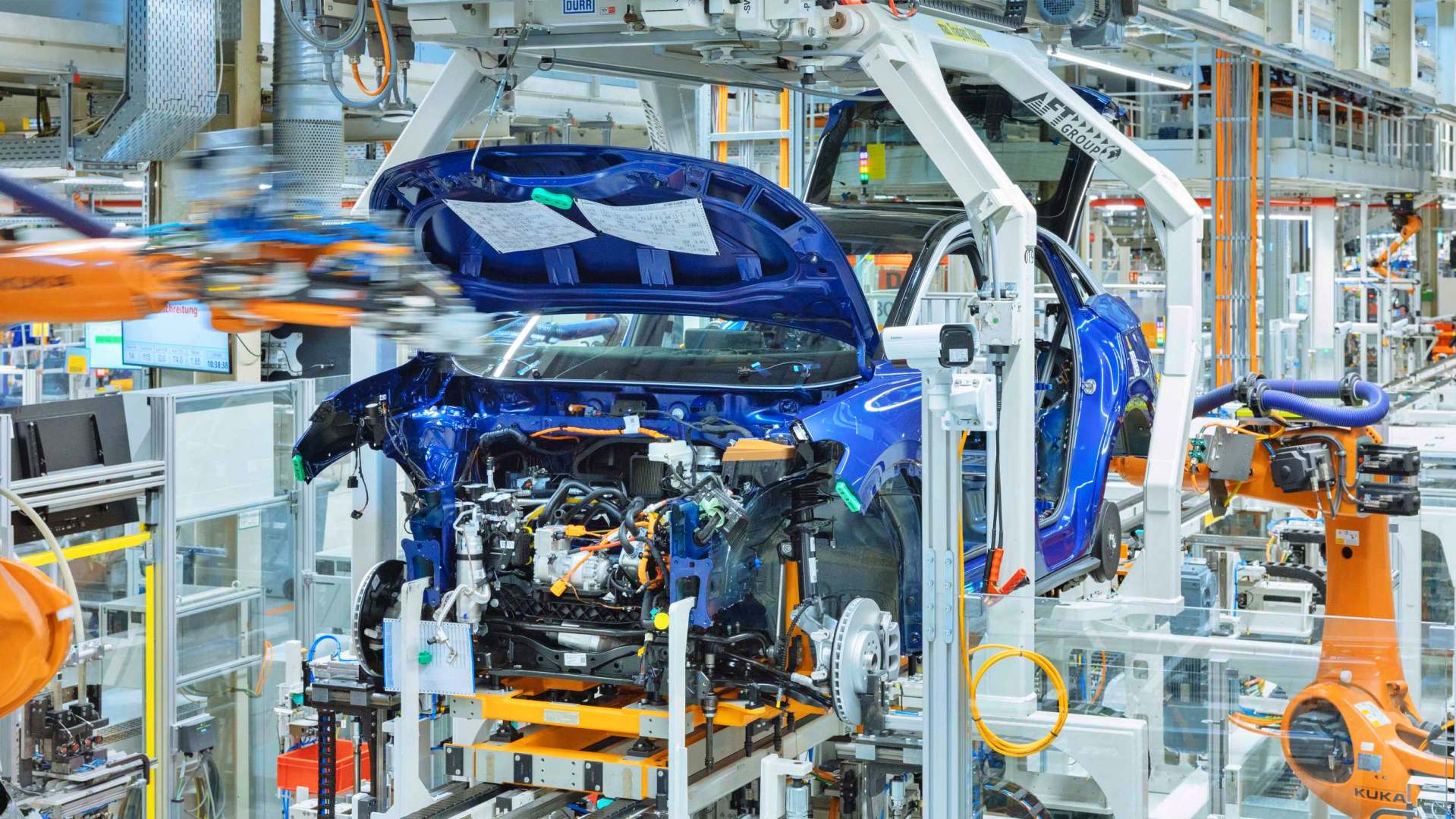
Price parity between electric and combustion cars is a fundamental objective to achieve the expansion of sustainable mobility. But a milestone that was expected to be reached in the short term has been lengthening over time. Now a study indicates that not only are distances not cut but they are separating again. The main problem is that this fundamentally affects European manufacturers.
This has been indicated by the consulting firm AlixPartners, which has carried out a study where it analyzes the production costs of cars in Europe, and where it compares that of combustion and electric models. As the result, the costs of electricity have skyrocketed well above those of combustion.
Among the reasons is the rise in the costs of materials that shape motors or batteries. According to the data, the cost of materials per vehicle last September was $5,076 for electric cars, an increase of $2,152 compared to the 2020 average (+135.8%). In the same period, material costs for combustion vehicles (including hybrids) were $1,851, up from $1,475 in 2020 (+25.5%).
Production costs skyrocket in Europe
Costs are for production in Europe and include all key raw materials for both manufacturers and external suppliers.
According to the report, the specific costs of electric cars represent more than 60% of the total, 3,100 dollars per unit. The rest are materials common to all propulsion systems.
Duse said a switch to less expensive battery materials would help reduce production costs for electric vehicles. Battery electric vehicles today use lithium batteries, made from lithium, cobalt, manganese, and nickel, where prices for these materials have skyrocketed recently.
But Europe adds another problem. The cost of energy. And it is that since 2019, the cost of energy has begun an escalation that has fully exploded with the start of the war in Ukraine, which has meant that in these two years the energy cost of production has grown by 230%.
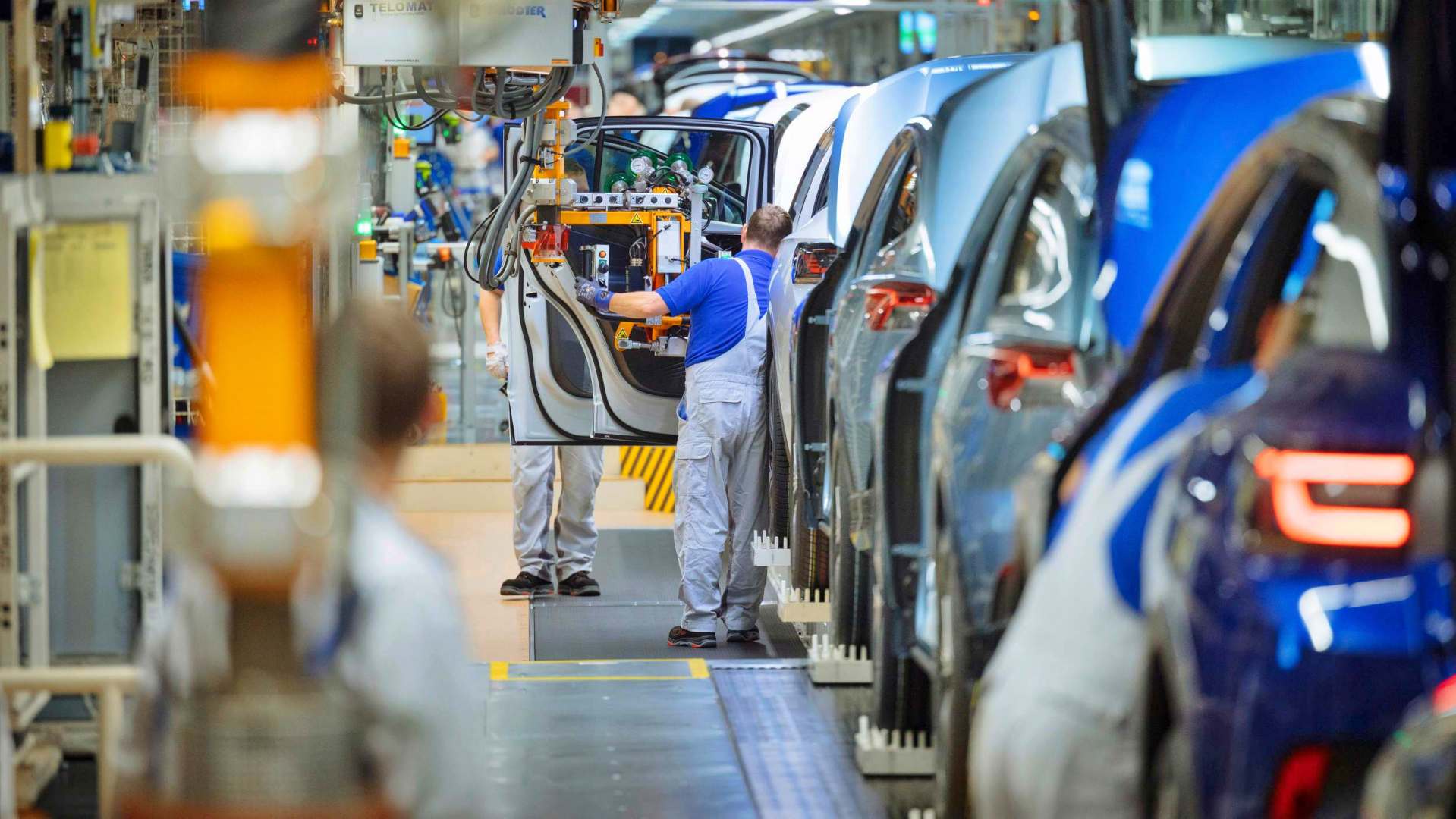
The worst thing is that according to the report, this increase has not had a great impact on production prices, with the hardest part still to come. According to the report, the average cost of energy production per internal combustion vehicle in Europe increased by $512 in the first half of 2022 from 2020. Futures prices indicate that natural gas costs will be 4.5 times higher in 2024 than in 2020, which would add another $720 per vehicle.
The increase from 2020-2022 is mainly due to the energy used in the extraction and transformation of raw materials (68%), the energy for the assembly of parts (18%), and the assembly of vehicles (14%).
Sales recovery in 2023
With this scenario, the report indicates that this year will be black in terms of production and it is estimated that sales of passenger cars and light industrial vehicles will fall to 15 million this year, from 16.8 million in 2021.
At the same time, the recovery is expected to be slow, starting in 2023 when sales are forecast to reach 15.9 million, rising to 16.9 million in 2024 and 17.7 million in 2025.
Something that shows us that even if production capacity recovers, with greater production of components such as semiconductors, it will be difficult in the short term to recover past production figures, such as the 20.8 million units registered in 2019, and it will also be difficult to achieve the price parity between electric and combustion before 2025.
And this is where the competitive advantage that foreign groups are achieving, mainly the Chinese, can come into play, as they can enter the European market with ranges with much lower production costs and without semiconductor or battery supply problems.


